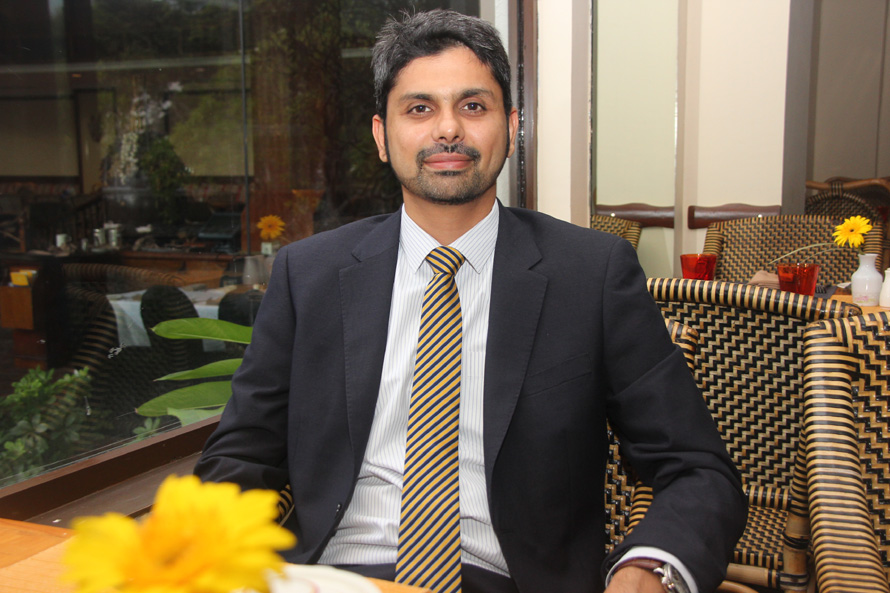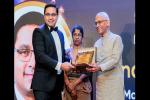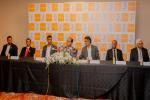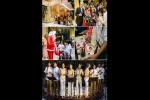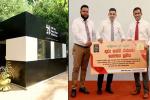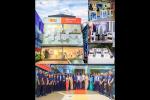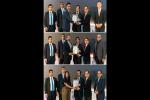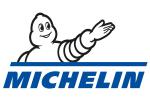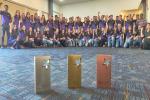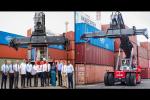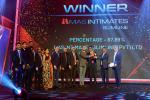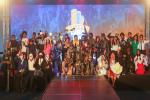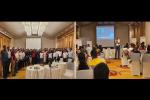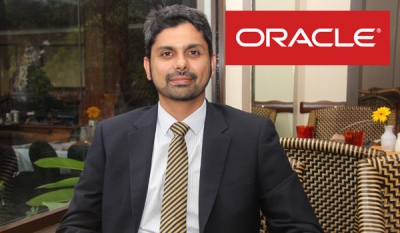This shift to the power of the individual is also transforming the relationship between workers and employers. Although unemployment remains historically high in many labor markets, skilled labor is demanding a premium as a “skills gap” leaves many essential positions unfilled.
To wit: reports from the US Bureau of Labor Statistics show that the number of open positions for which employers have not found “qualified” applicants has increased by two million since 2009. And this year the World Economic Forum found “chronic labor market imbalances” to be an increasingly likely and disruptive force in global business.
In a highly competitive climate, it is imperative for executives to develop strategies to retain their top talent. This is not easy to do with the largest network in the world, the referral network, open 24/7 courtesy of social media.
To tackle this challenge, many HR leaders are moving away from a focus on service delivery and cost reduction and toward building great employee experiences. This shift—part of the modernization of HR—requires a transformation in organizational culture and the embrace of IT tools that reflect new (and changing) business practices and deliver workforce insight.
With that in mind, human resources executives need to ask themselves whether they are paying enough attention to the customer within.
Over the past 10 years, most large global organizations have adopted some form of globalized and centralized HR service delivery model and governance.
These efforts have created scale and consistency in the HR function and improved the overall economics of HR.
According to the CedarCrestone 2012 – 2013 HR Systems Survey these initiatives, when fully implemented, delivered cost and transaction improvements in the order of 15-20 %–and sometimes considerably more when manager and employee self-service tools are first deployed.
But cost-per-transaction discipline is becoming table stakes. Increasingly, the businesses that win are distinguished by agility and pace of innovation, not lower cost per transaction.
And despite delivering transactional efficiency, many CHROs today will tell you that their employee experiences don’t live up to their organization’s own customer experience standards.
That deficit can undermine the ability to hire, train, and retain top employees—the brain trust that drives business strategy and product innovation.
Fortunately, as CHROs have presided over gains in HR efficiency, so too can they be champions for employee experience. HR is not one-size-fits-all—it uses personalized, context-relevant communication, tools, processes, and policies.
With the advent of the modern consumer mindset—which is customized to the individual—also comes the expectation of customizable employment. Effective leadership must now engage a talent ecosystem of value creation and delivery capability.
This ecosystem can include full-time employees, part-timers, alumni networks, contractors, temps, outsourcers, partners, and more.
Companies that win outperform others in their ability to connect and motivate all these groups. This has an impact on the entire HR operation and requires HR staff to offer more choices in benefit plans, flexible work locations, mobile enablement of corporate tools, and increased social collaboration.
Technology makes it easier. Research from RBL Group shows that, for the first time in the 20-year span of its study, HR is expected to serve as a technology proponent (not just a reluctant user). If HR executives take a progressive view of their role in their organization, they can look to technology to help improve the employee experience in several ways:
• Powerful technology can analyze massive data sets about employees, and it presents an unprecedented opportunity to ask and answer better questions about the workforce.
• HCM technology is evolving to model and predict talent needs and people outcomes on an aggregated level for the whole organization.
• Workforce modeling becomes embedded in several other processes across the organization—corporate planning, real estate, recruitment, learning, and development—enabling HR executives to create a strategy for addressing (and hopefully solving) the challenges of the skills gap.
• Social technologies can help employees connect with each other, learn more about pressing business needs, voice their ideas about a business issue, and collaborate on projects.
• Mobile access and improved usability of tools can encourage employees to participate in their own talent management and career development.
HR executives can use these technologies to keep pace with the changing service expectations of the employees they serve. Failing to do has the same impact on talent management as bad customer service has in the consumer market: your customers will elect to do business with your competitor.
Photo - Akkasha Sultan Regional Director Applications Business at Oracle ASEAN
